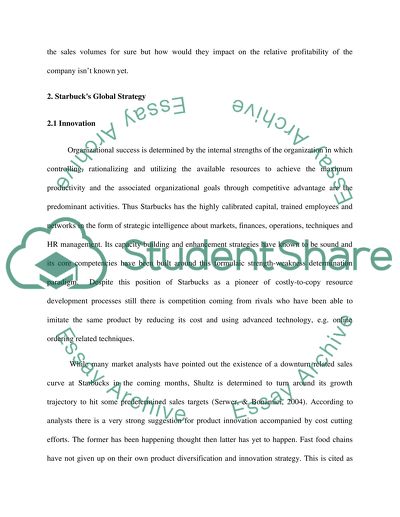Cite this document
(“Starbucks - Business Case Study Example | Topics and Well Written Essays - 2250 words”, n.d.)
Retrieved from https://studentshare.org/miscellaneous/1500059-starbucks-business
Retrieved from https://studentshare.org/miscellaneous/1500059-starbucks-business
(Starbucks - Business Case Study Example | Topics and Well Written Essays - 2250 Words)
https://studentshare.org/miscellaneous/1500059-starbucks-business.
https://studentshare.org/miscellaneous/1500059-starbucks-business.
“Starbucks - Business Case Study Example | Topics and Well Written Essays - 2250 Words”, n.d. https://studentshare.org/miscellaneous/1500059-starbucks-business.


